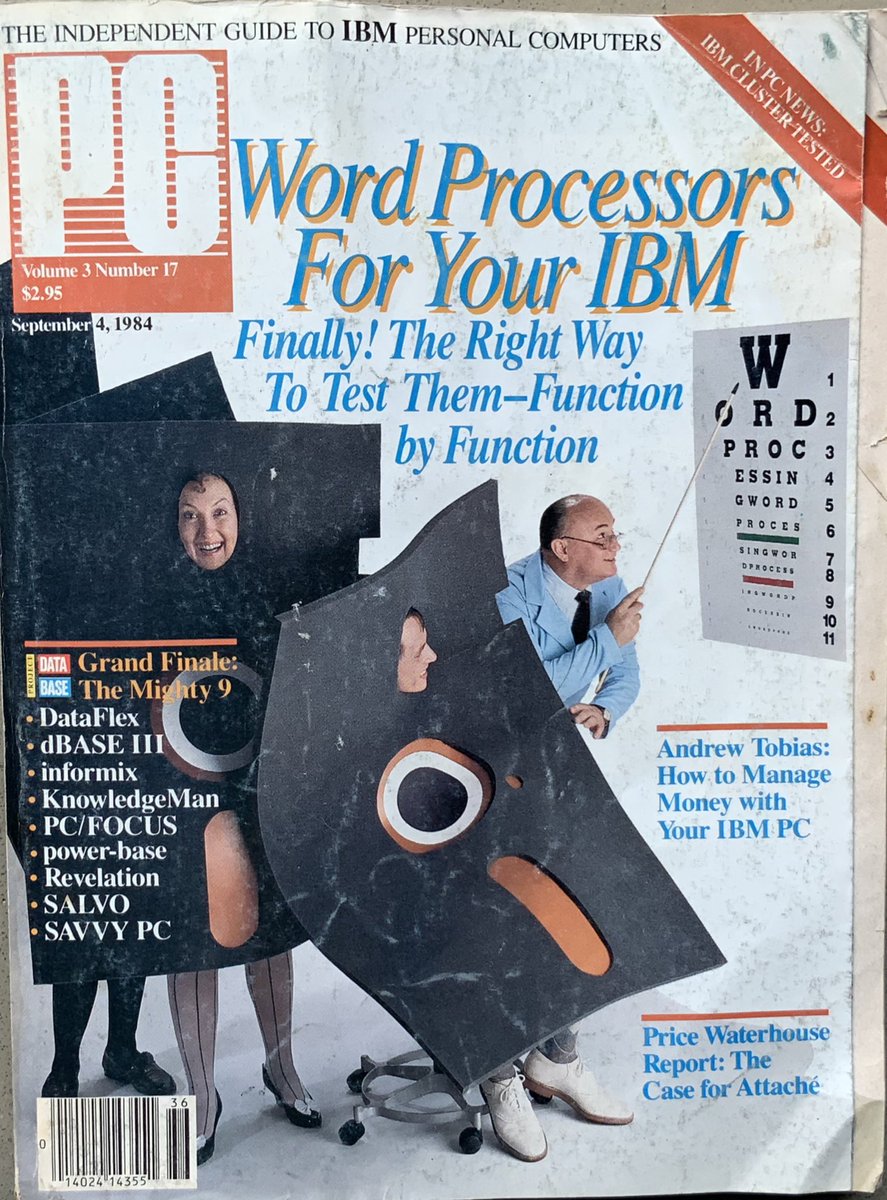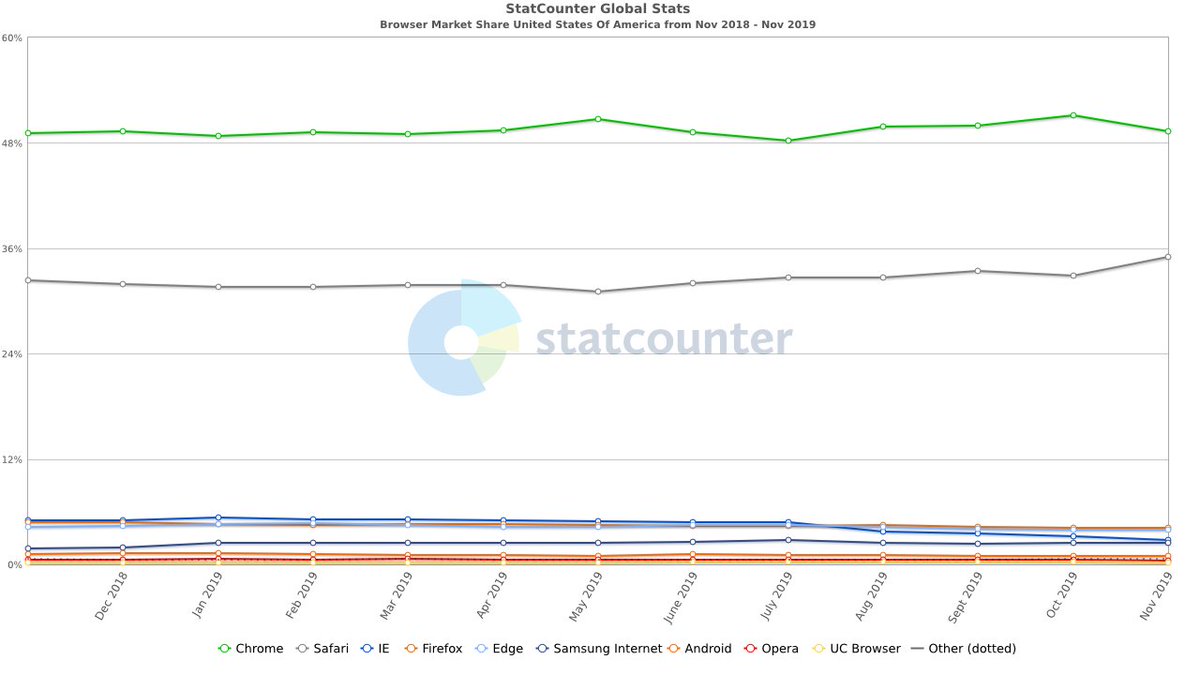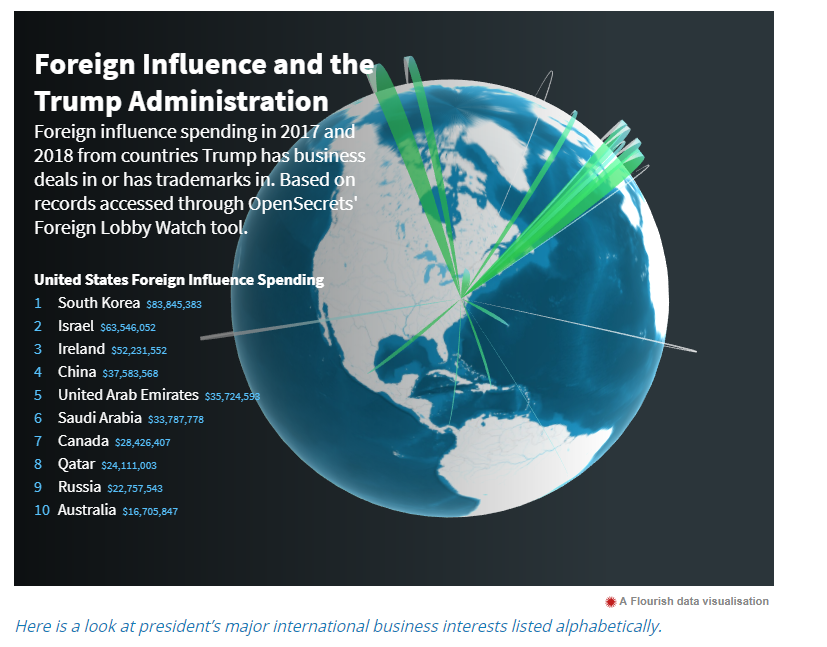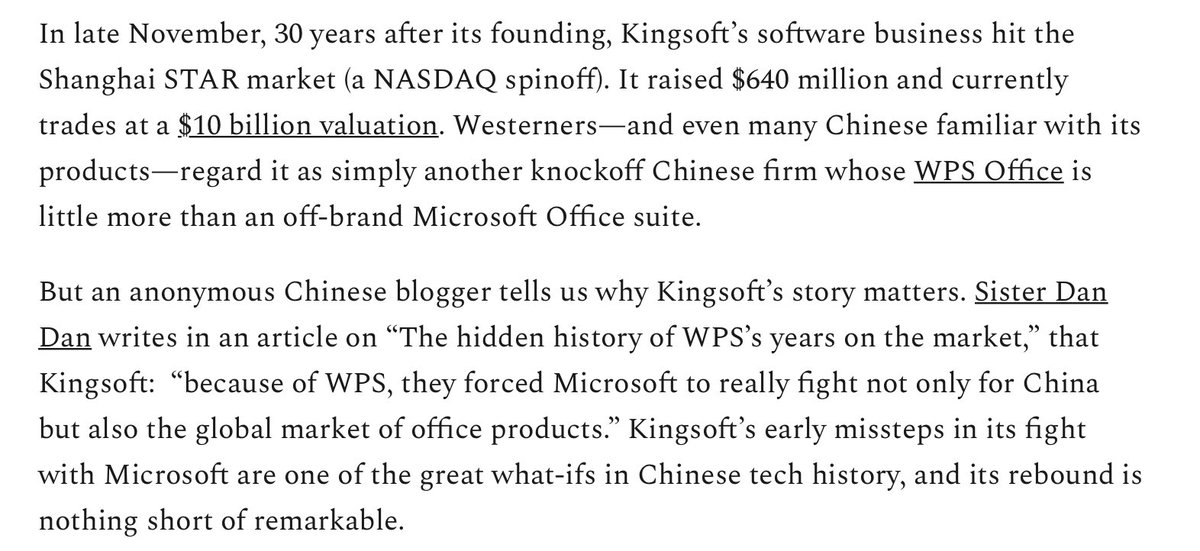
To enter Asian language markets Microsoft needed to develop “input method editors” or IMEs for each lang.
To us western typists, we finally understand the problem the IME solves…
IMEs used to ship with a static dictionary of “suggestions”.
And then there’s just culture—imagine today with TikTok and how quickly slang changes.
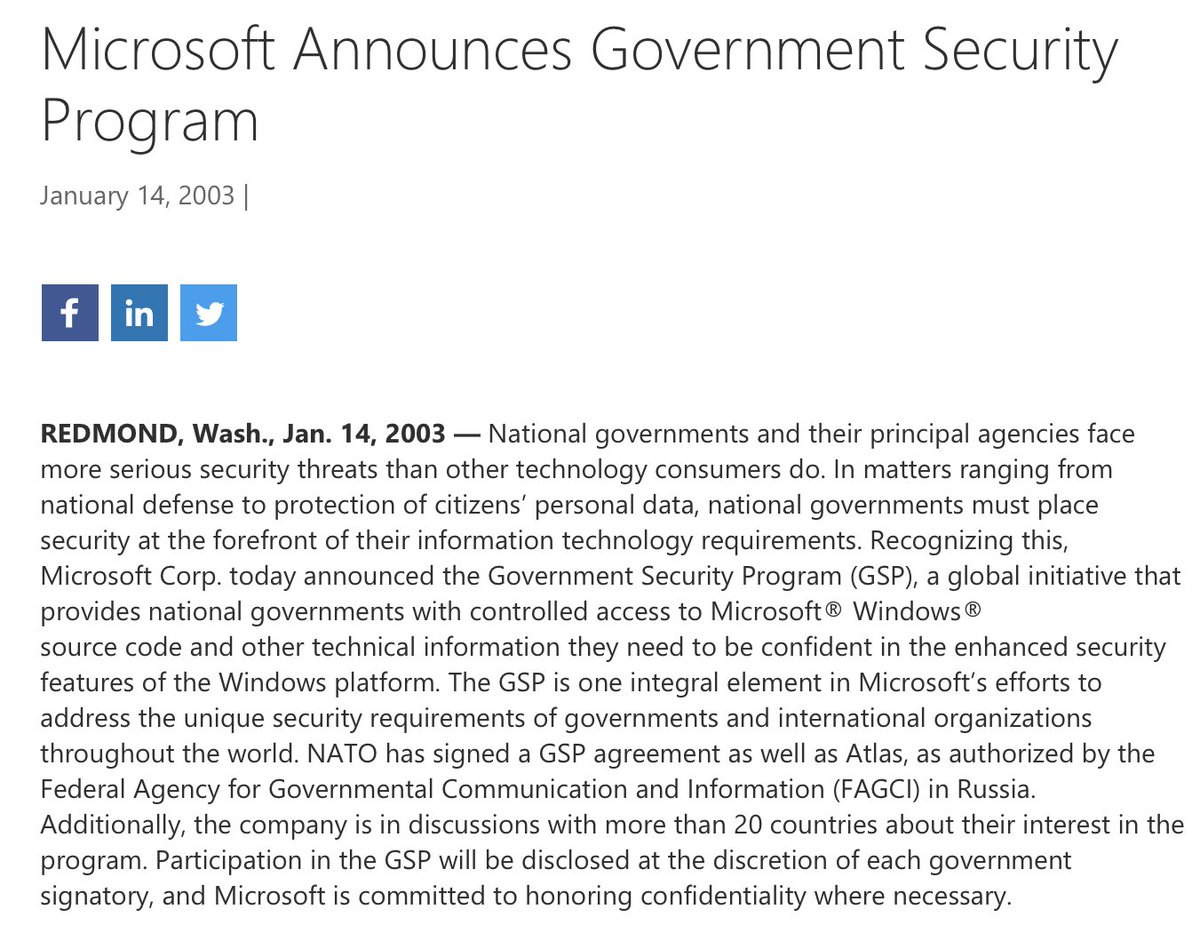
Building our products in Asia was an absolute highlight for me and many. //


